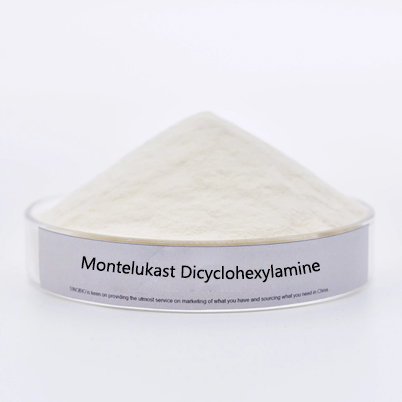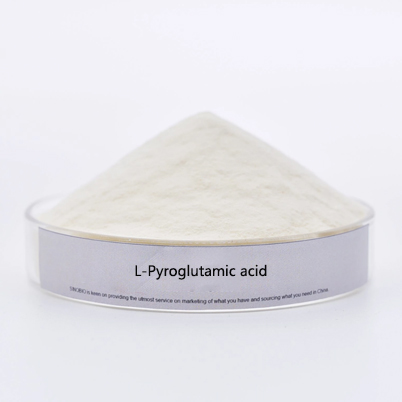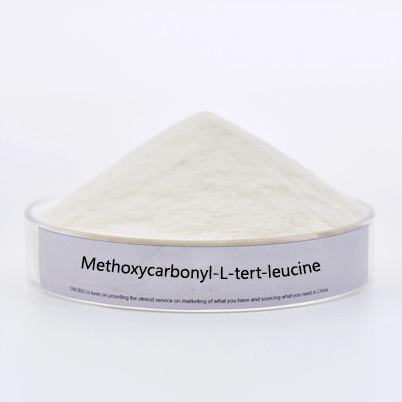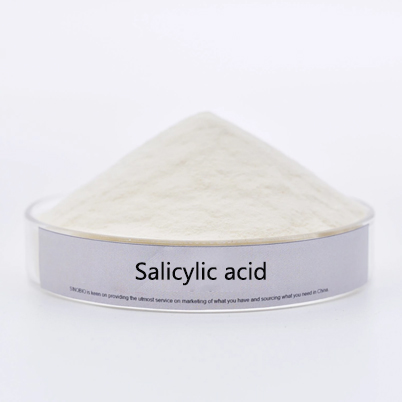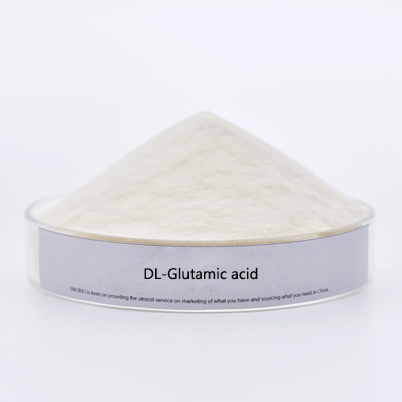- E-mail : info_medicalmarketing@jindunmedical.com
- Phone : +86 21 64057580
- Address : Shanghai China
New England Journal of Medicine says Prasugrel may be more advantageous in patients with acute coronary syndromes
Cyclopropyl 2-fluorobenzyl ketone is used as the intermediate of Prasugrel
.
Prasugrel is a thiophenopyridine antiplatelet developed by Eli Lilly and
daiichisankyo, a Japanese pharmaceutical manufacturer. It is a precursor drug.
It forms an active molecule after metabolism through cytochrome P450 in the
liver and combines with platelet P2Y12 receptor to exert an active against
platelet aggregation. Clinical studies have proved that 60 mg dose has better
anticoagulant effect than 300 mg standard dose and 600 mg increased dose of
clopidogrel, which can reduce the comprehensive risk of heart attack, stroke and
death due to heart disease by 20%, and has fast effect, good curative effect,
good drug resistance and bioavailability, and low toxicity.
The ISAR-REACT 5 study, published Oct. 17 in the New England Journal of
Medicine, showed a benefit of prasugrel over tegretol for patients with acute
coronary syndromes scheduled to undergo invasive testing: a significant
reduction in the risk of death, myocardial infarction, or stroke, without an
increased risk of major bleeding.
In this multicenter, randomized, open-label study, the risk of the primary
endpoint event (death, myocardial infarction, stroke) at 1 year increased by 36%
in the tegretol group compared with the prasugrel group (9.3% vs. 6.9%); of
these, 4.5% and 3.7% for mortality, 4.8% and 3.0% for myocardial infarction, and
1.1% and 1.0%.
The incidence of definite or probable in-stent thrombosis was 1.3% and 1.0%
in the tegretol group and 1.1% and 0.6% in the pragrelle, respectively, and the
incidence of definite in-stent thrombosis was 1.1% and 0.6%, respectively.
The incidence of major bleeding (BARC definition) events was 5.4% and 4.8%
in the two groups, respectively, with a 12% increased risk of major bleeding in
the tegretol group.
The reviewers noted that, despite the lack of long-term evidence and
additional comparative benefit data, pragrelide has emerged as one of the
options for P2Y12 receptor inhibitors in patients with acute coronary syndromes . In an appropriately selected subset of patients, prasugrel should be
substituted for griseofulvin.
Note: Ischemia-guided treatment strategies include an initial pharmacologic
strategy and coronary angiography in patients with recurrent ischemic symptoms
or evidence of pharmacologic failure, clinical indications of high prognostic
risk, or objective evidence of clinically significant ischemia.
Figure 1 Recommended options for oral P2Y12 receptor inhibitors in patients
with acute coronary syndromes
A total of 4018 patients with acute coronary syndromes (41.1% of whom had
ST-segment elevation myocardial infarction) who were to undergo invasive
investigations were included in the study and randomized to the tegretol group
(2012 patients) or the Pragrel group (2006 patients).
PRODUCT TAGS
-
date
2022-10-09
-
location
Shanghai, China






































